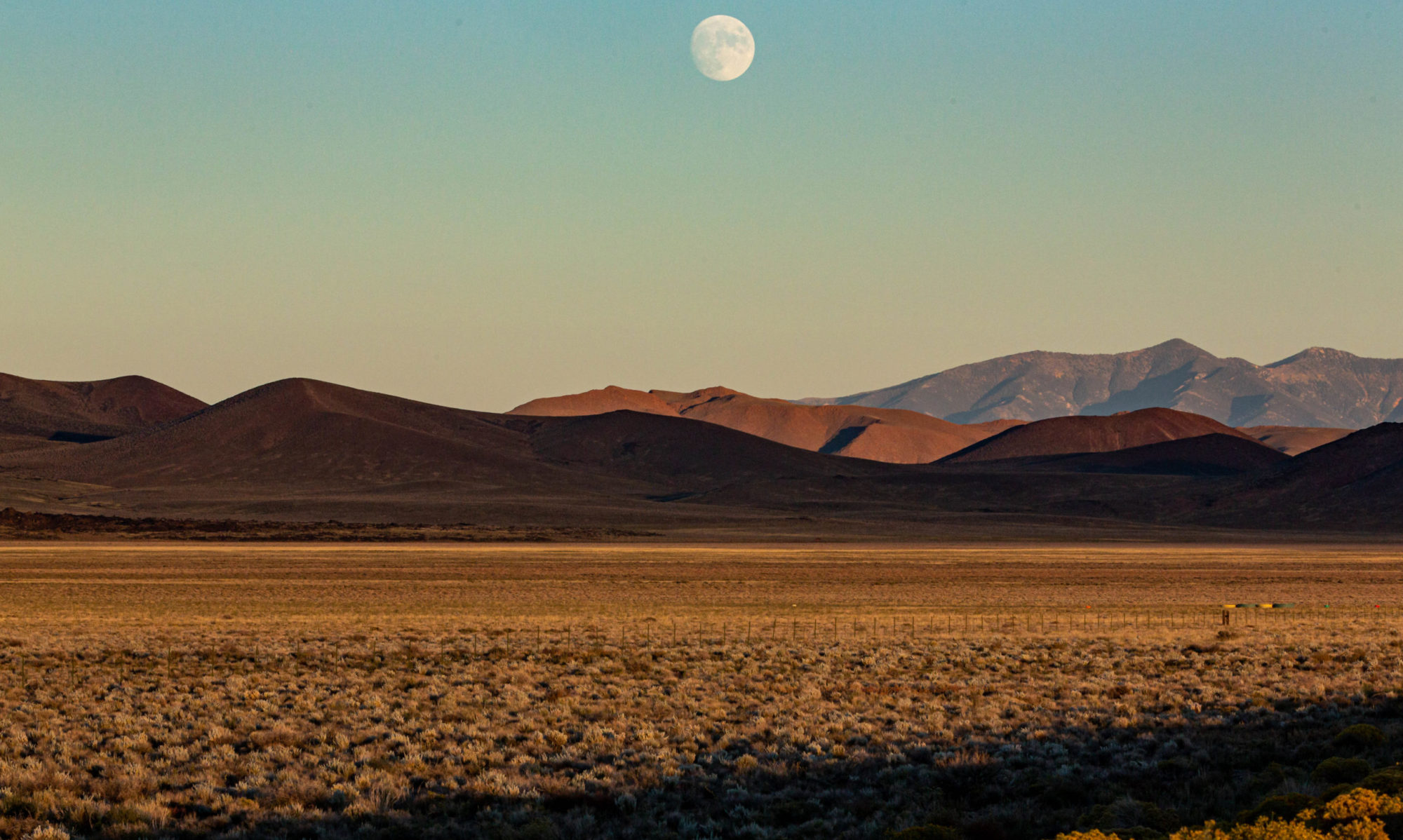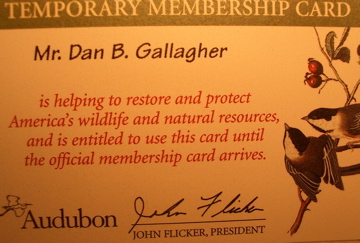Yesterday, I wrote in reference to almost-unknown Hurricane Stan (now in a much reduced state over southern Mexico, dumping possibly ungodly amounts of rain) that Tammy was next up on the list of Atlantic hurricane names. “Bring it on,” I brightly wrote. And less than 24 hours, the tropical cyclone gods responded — they’re big fans of this blog — and Tropical Storm Tammy spun up out of nowhere just off the northeastern Florida coast. Now, less than 18 hours after the National Hurricane Center put out its first Tammy advisory, the storm has already moved inland to squall for a while before dissipating.
The reason I’m so excited is that there are only two names left in the 2005 list: Vince and Wilma. In the event they’re used, any subsequent storms will be named for letters of the Greek alphabet (Alpha, Beta, etc.).
According to a not-entirely-clear (to me) table on the NOAA website, the last year there were as many as 19 named storms (Tammy is this year’s 19th) was 1995. The only year on record with more Atlantic tropical storms was 1933, when 21 were observed. The NOAA report on darned interesting hurricane facts also notes that the latest observed hurricane in the Atlantic was Alice, on December 31, 1954.
Technorati Tags: hurricanes

